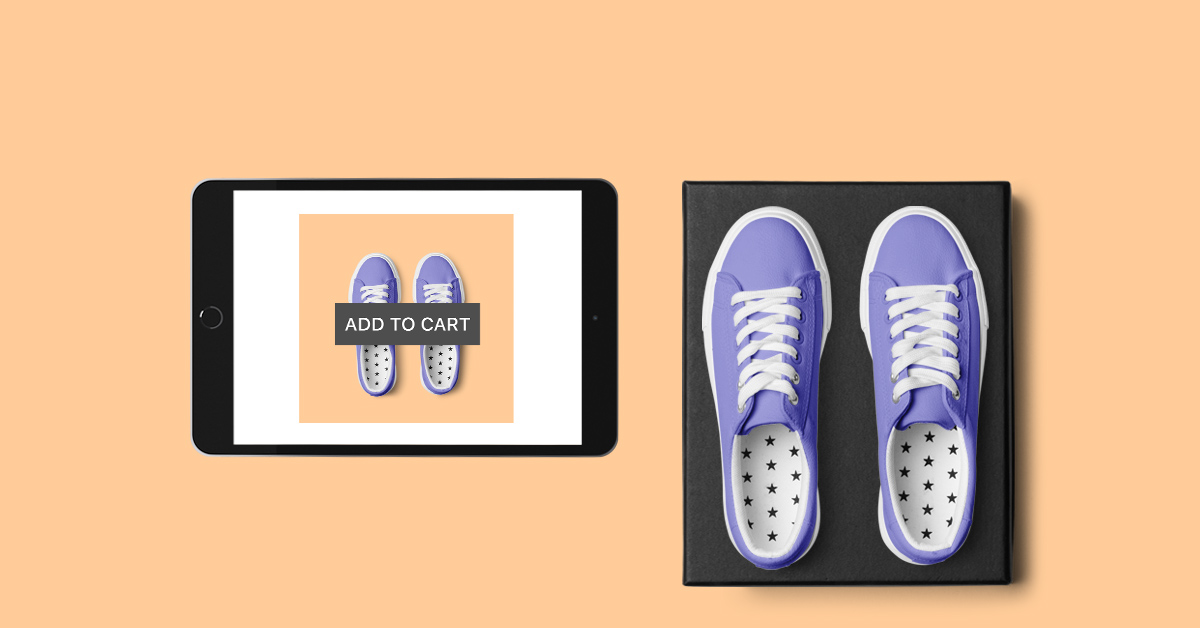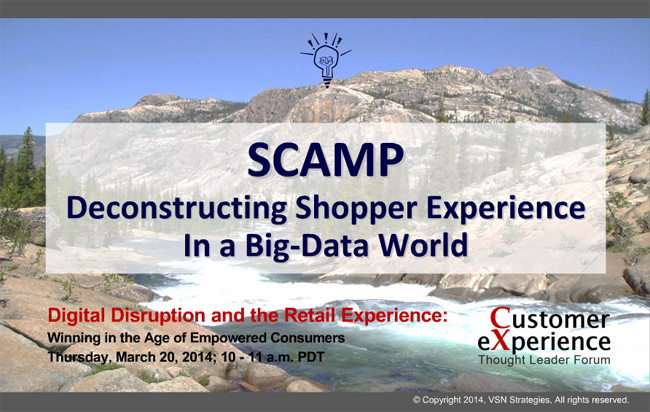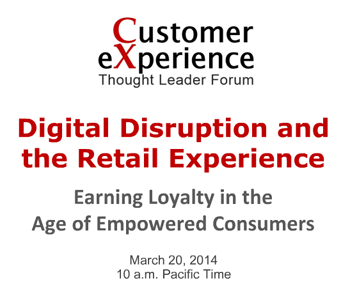THE EXPANSION of omnichannel retailing presents our industry with a chicken-and-egg problem: Does consumer behavior drive changes in retail tech innovation or does retail tech drive changes in consumer behavior?
This is much more than a philosophical musing. It’s a question that matters greatly to retailers. Retailing becomes more intricate over time at a pace that exceeds growth in consumption.
This means the next incremental dollar you add to your top line will be a little bit harder to obtain than the last one. Omnichannel requires retailers to maintain, optimize and adjust to keep pace with shopper expectations and behaviors. Those expectations change fast. They are elevated by shopper experiences and shaped by forces outside the retailer’s control.
I call this the Law of Equivalent Experience: The best service standard experienced anywhere is instantly expected everywhere.



